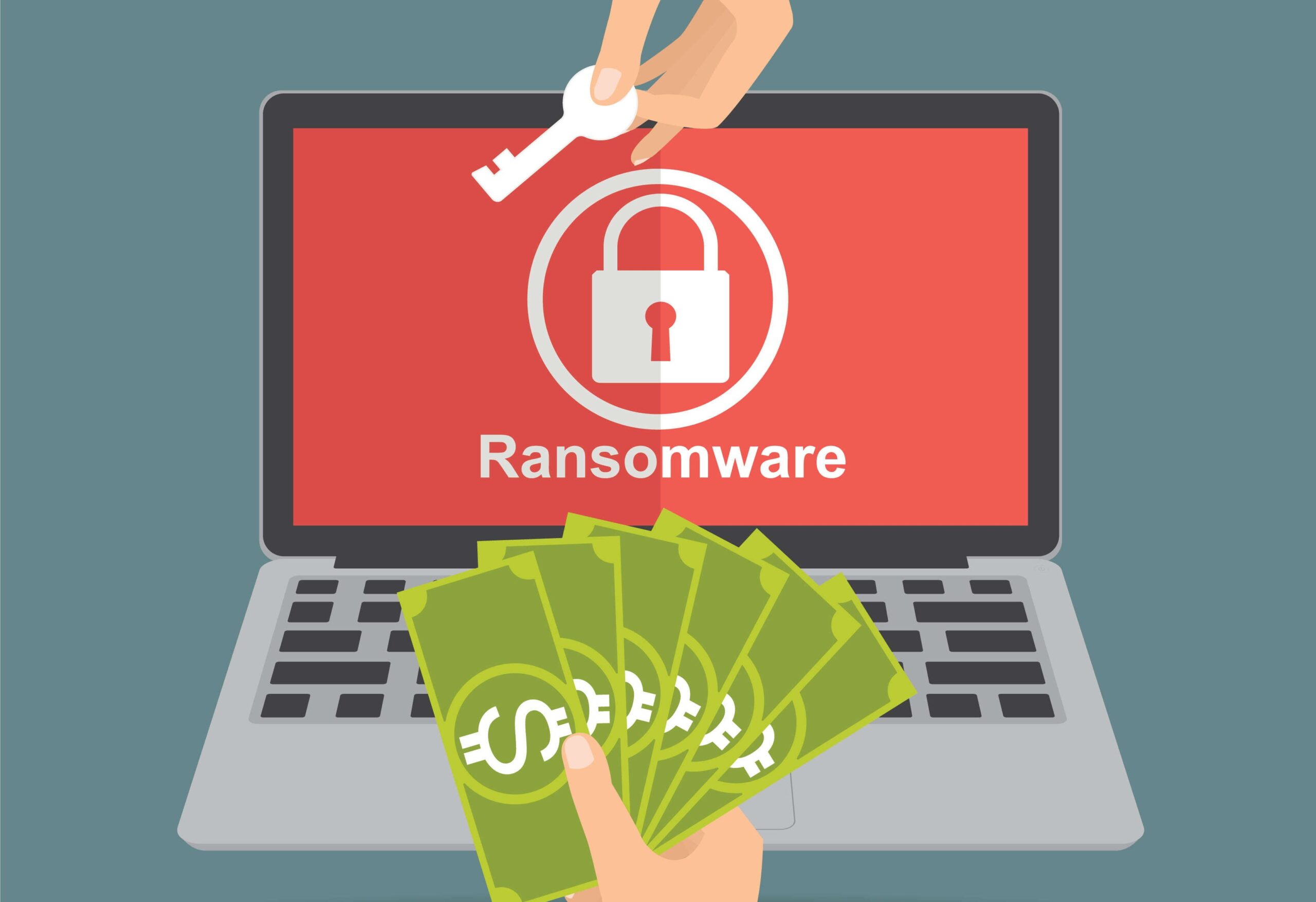Ransomware is a type of malicious software that infects computer systems and blocks access to files until a ransom is paid. It has become an increasingly popular form of cyber attack in recent years, with businesses and individuals falling victim to its devastating effects. Understanding the different types of ransomware and implementing effective prevention strategies is crucial in protecting against these attacks.
What are ransomware attacks?
There are several types of ransomware. It can include lock screen ransomware, which blocks access to the computer or device as well as encryption ransomware, which encrypts files and demands payment to unlock them. Some ransomware also has the capability to spread across networks, infecting multiple devices and systems.
To prevent ransomware attacks, individuals and organisations can take several preventative measures. One of the most effective is to regularly back up important data to an external storage device or cloud service. This ensures that if a ransomware attack occurs, the data can be restored without having to pay the ransom. Additionally, keeping software and operating systems up to date with the latest security patches can help to prevent vulnerabilities that can be exploited by ransomware.
How to prevent a ransomware attack
Implementing security software, such as antivirus and antimalware programs, can also help to prevent ransomware attacks. These programs can detect and block malicious software before it can infect the system. Additionally, email filters and firewalls can be used to block suspicious email attachments and prevent unauthorised access to the system.
Another important prevention strategy is to educate employees and individuals. Employees should be instructed on the risks of ransomware and how to identify suspicious emails and attachments. This can include avoiding opening emails from unknown senders and not clicking on links or downloading attachments from suspicious emails.
In the event of a ransomware attack, it is important to have an incident response plan in place. This plan should outline the steps to be taken to contain and mitigate the attack, such as isolating infected devices from the network and contacting cybersecurity professionals for assistance.
Ransomware is a serious threat to individuals and organisations, and understanding the different types of ransomware is crucial in protecting against these attacks. By regularly backing up data, keeping software up to date, implementing security software, educating employees and individuals and having an incident response plan in place, individuals and organisations can reduce the risks of ransomware attacks and protect their sensitive data from cyber threats.

Leave a Reply